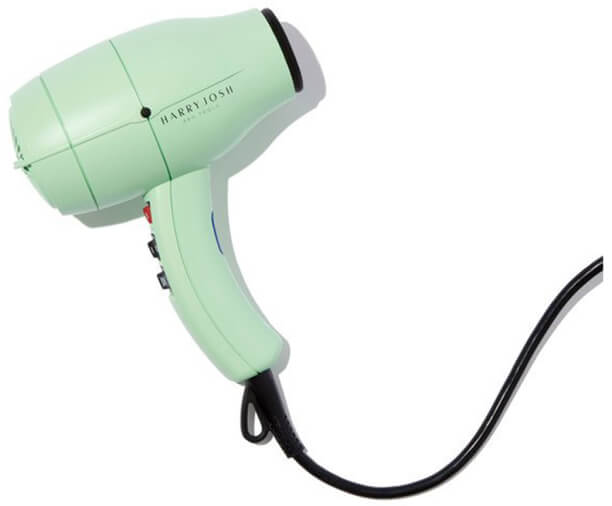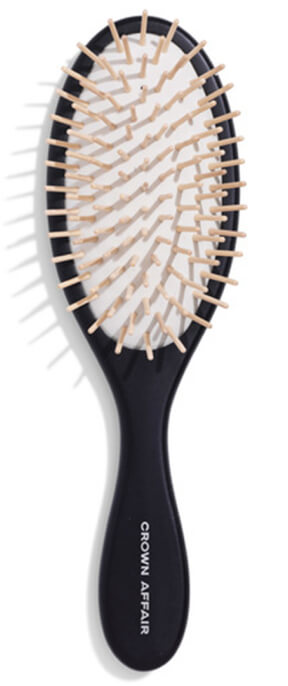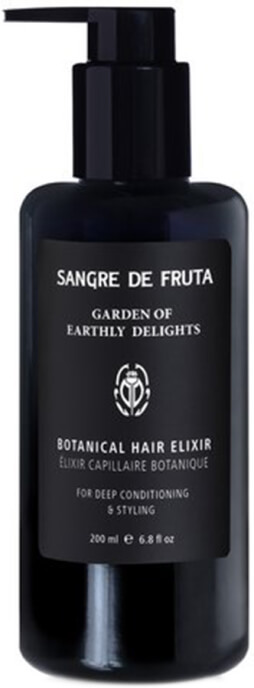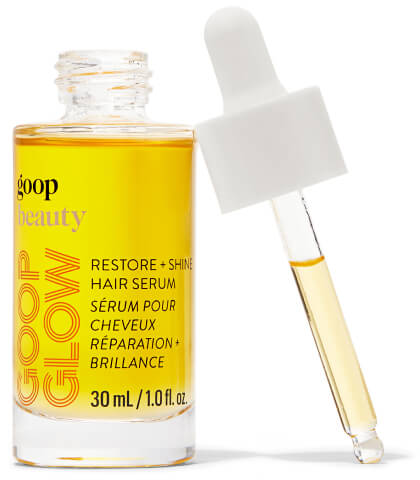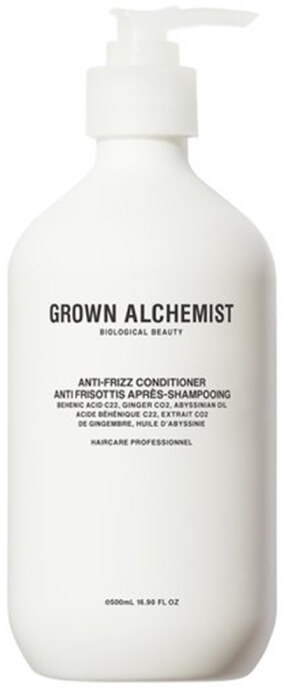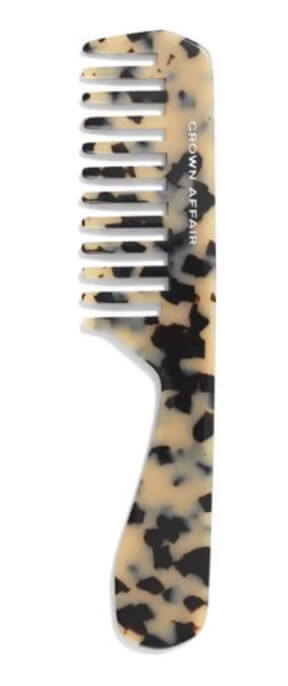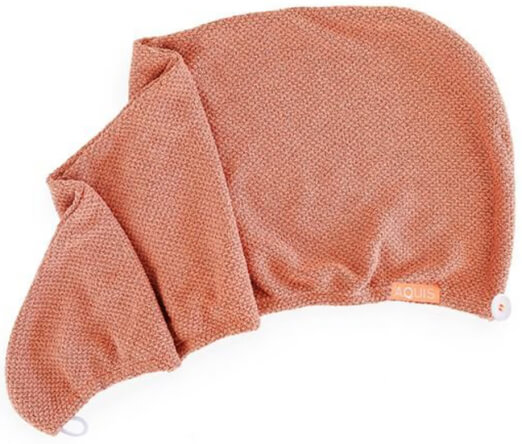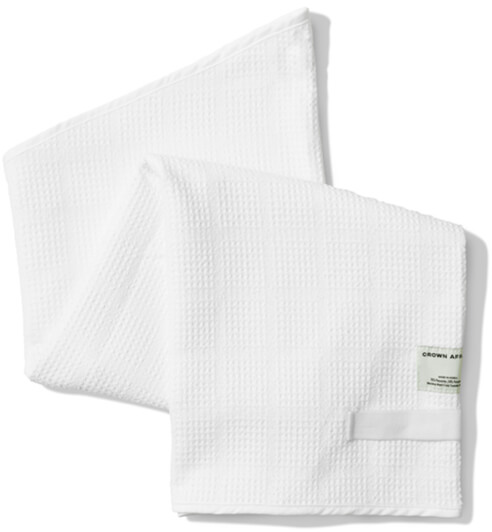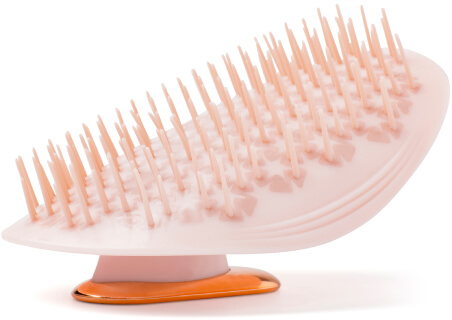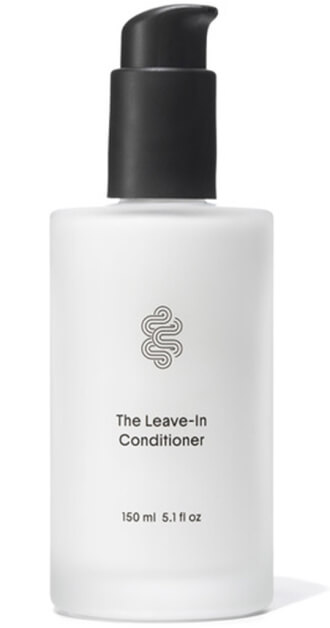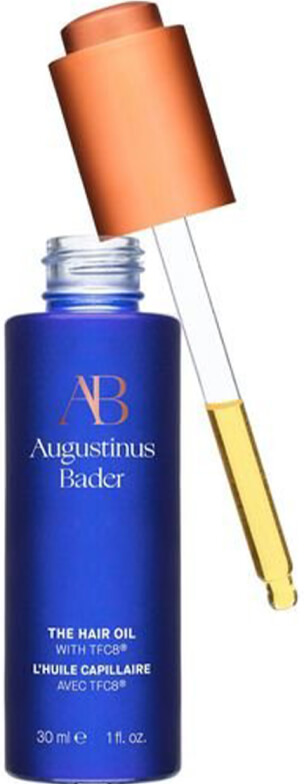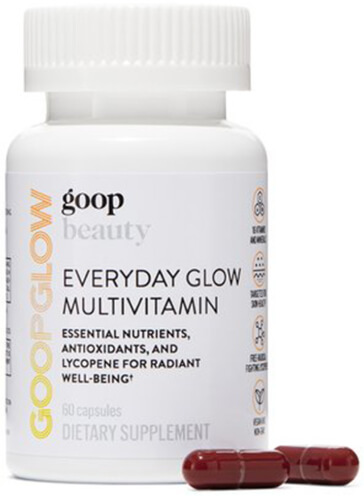
Ask Jean: How Do I Get the
Best Blowout, Step by Step?

We want to answer your most pressing questions—or, you know, just the things that you’re curious about. Please keep them coming to [email protected]. Below, a q for our beauty director, Jean Godfrey-June.
Dear Jean, How do I get my blowout to look as if I had it done at a salon? —Jenny T.
Dear Jenny, Harry Josh, who’s famous for styling the hair of some of the world’s most beautiful women (including Gwyneth), has a permanent twinkle in his eye; is one of the nicest, funniest, most understanding people you will ever meet; and happens to be truly exceptional at explaining things. He is also wildly talented and insists a professional-looking (and lasting) blowout can be done at home. Josh’s secret: Organize everything beforehand. A little like a chef’s mise en place, set out all your materials together on the counter or next to the sink before you start. “It’s what we do in the salon, and there’s a reason: It works,” he says. “A gorgeous blow-dry is simple if you stay organized.”
Easy Steps for the Best Blowout
1
Josh sets out his tools before the hair’s even wet. The most important tool is, of course, a great hair-dryer. “People tend to focus on product as the most important factor in how your blow-dry turns out,” he says. “Product can help, but the dryer is really everything. That’s why I ended up making my own.”
Josh had spent his career thinking about exactly what the ideal dryer would be. “All that time you’re working with this dryer or that one, you’re thinking about how it could be better,” he says. The ideal dryer, it turns out, is an adorable mint green (GP helped pick out the color) and little and lightweight so your arms don’t get tired. It’s also equipped with an 80-mile-per-hour motor that cuts drying time in half and eight different heat, speed, and ion settings so you can customize any blowout for your hair type and desired style. There’s a cold-shot button to help a style last as long as possible, a dual-filtration system to reduce energy consumption by up to 70 percent, and a nine-foot cord that makes using the dryer immeasurably easier. (You don’t know how difficult the typical short cord makes things until you’ve experienced the freedom of a long one.)
2
Along with the dryer, Josh sets out brushes—a paddle brush for detangling and a round one for styling. “No matter your hair type, you need the round brush: If you’ve got fine hair, the round brush is going to give you volume,” he says. “If you’ve got curly hair that you want to make smoother, a round brush helps you there, too.” And detangling should be done more often than you might think: “I detangle each section of hair with the paddle brush right before I dry it,” Josh says.
3
He also sets out clips. “You need them to hold the hair you’re not drying out of the way,” he says. “They’re essential.”
4
All styling products get organized, too. “Whatever stylers you love—if you’re a cream girl or you love oils or mousse, whatever it is—have it right there with everything else,” says Josh.
5
Once you’ve got your materials set up, take a shower. A silkifying preshampoo treatment helps tame frizz and flyaways—leave this one in for 20 minutes, then wash your hair as usual.
Shampoo, then condition. “If your hair tends to frizz, comb your hair out in the shower while you’ve still got your conditioner in your hair,” says Josh. “It can make a big difference in how much frizz you get.”
Made of exfoliating mineral-rich pink Himalayan salt, nourishing cold-pressed moringa oil, and pure unfiltered rose hip oil, this unique whipped shampoo purifies and detoxifies at once.
This nourishing cream helps tame flyaways and protect hair from heat damage for amazing silkiness and shine.
6
How much towel-drying you should do depends on your hair type. “Lots of people rough up their hair, rubbing it back and forth with a regular towel, and that’s a recipe for frizz even if your hair isn’t frizzy,” says Josh. “If your hair is super, super curly, you’re going to want to blow-dry it when it’s sopping wet. Otherwise, gently put it in a turban with a smooth, fast-dry towel to get a little moisture out without adding frizz.”
7
If you didn’t comb out your hair in the shower, gently comb or brush it out now.
HARRY’S BEST TIPS FOR AN AT-HOME BLOWOUT
My very best blowout tip you only have to do once—and it really works. Blow-dry your friend’s hair. You just have to do it once and you’ll know—I mean you’ll know, and you won’t even have to think about it ever again—how to blow-dry your own hair. Doing it on someone else, even just once, changes everything. You’ll be a pro.
If your hair is fine, you need a wider-mouthed attachment on the dryer, which will give you more volume.
If your hair is thick and curly, you’ll need the narrowest attachment to focus that air right where you need it.
Get rid of flyaways on the top of your head at the end of a blow-dry (everyone gets them) with clear brow gel. It’s miraculous—I use it all the time.
8. Set your part. “Making your part is sort of setting your intention for the whole look,” says Josh. “It seems like an incidental thing, but focus on making your part intentional and the whole style will benefit.”
9. Section your hair and put each section up in a clip. “Divide your hair into four sections to start, two in front and two in back,” says Josh. “If you’ve got a lot of hair, you’re going to end up dividing it into more sections. When you’re drying a section, it should be about an inch wide.”
10. Start at the lower back of your head and unravel a section of hair that’s about an inch or so wide. “You want to start in the back because it’s harder,” says Josh. “Always do the hard stuff first. If you do the easy pieces in the front first, you’ll lose steam before you get to the back, and you won’t be as thorough. Thoroughness is the reason a salon blowout looks so good and lasts so long.”
11. With your paddle brush, detangle the section one final time.
12. Catch beneath the section with your round brush as close to your head as you can; start pulling the brush slowly through the section. Point the dryer at the pulled-taut section of hair, nozzle down, and turn it on. Hold the dryer close to the hair, but don’t let it touch your hair. Follow the pulled-taut bit slowly as you move the brush through the section of hair, making sure the hair is dry before you move on.
13. When you get to the end, move the dryer to dry all the way around the brush. When that’s dry, blast the ends (still around the brush) with cold air. “A good arctic blast helps it last,” says Josh.
14. Unleash a new section of hair and repeat the process, nozzle pointing downward, drying sections all around your head. Start with the lowest in back, moving to the top of the back, then the lower sides, and then the upper sides.
15. Now you’re ready for “the mohawk”: “For the last section, you’re going to do the opposite of everything you’ve just been doing: Dry it forward, over your face,” says Josh. “Going in the ‘wrong’ direction gives you a little lift right where it looks prettiest.”
16. Now go back over the pieces right around your face with the round brush and the dryer. “Dry little flicks of hair around your face one more time, and remember to do the cool shot on them to lock the bend in place,” says Josh.
17. Depending on your hair type and what you’re going for, you can add a bit of moisture and gleam at the end. “If you want shine, you could smooth a little oil or hair cream into the thinnest layer between your palms and then twist it through your ends just a bit,” says Josh. “Go easy—you don’t want blobs of product in your hair.” You can revive a blowout with the same sectioned approach, he adds: “You can spritz your hair with a little water to dampen it just where you need it. You don’t usually need to do your whole head.”
Support Healthy Hair from the Inside Out (Biotin Helps)
A complete everyday multivitamin that also helps your hair look good? We’re in. Along with all the nutrients you need for basic health, taking two of these every day supports healthy hair, skin, and nails with biotin, niacin, zinc, and iron, plus the antioxidant nutrients beta-carotene, vitamins C and E, lycopene, selenium, and more.*
*These statements have not been evaluated by the Food and Drug Administration. This product is not intended to diagnose, treat, cure, or prevent any disease.
Related Reading


